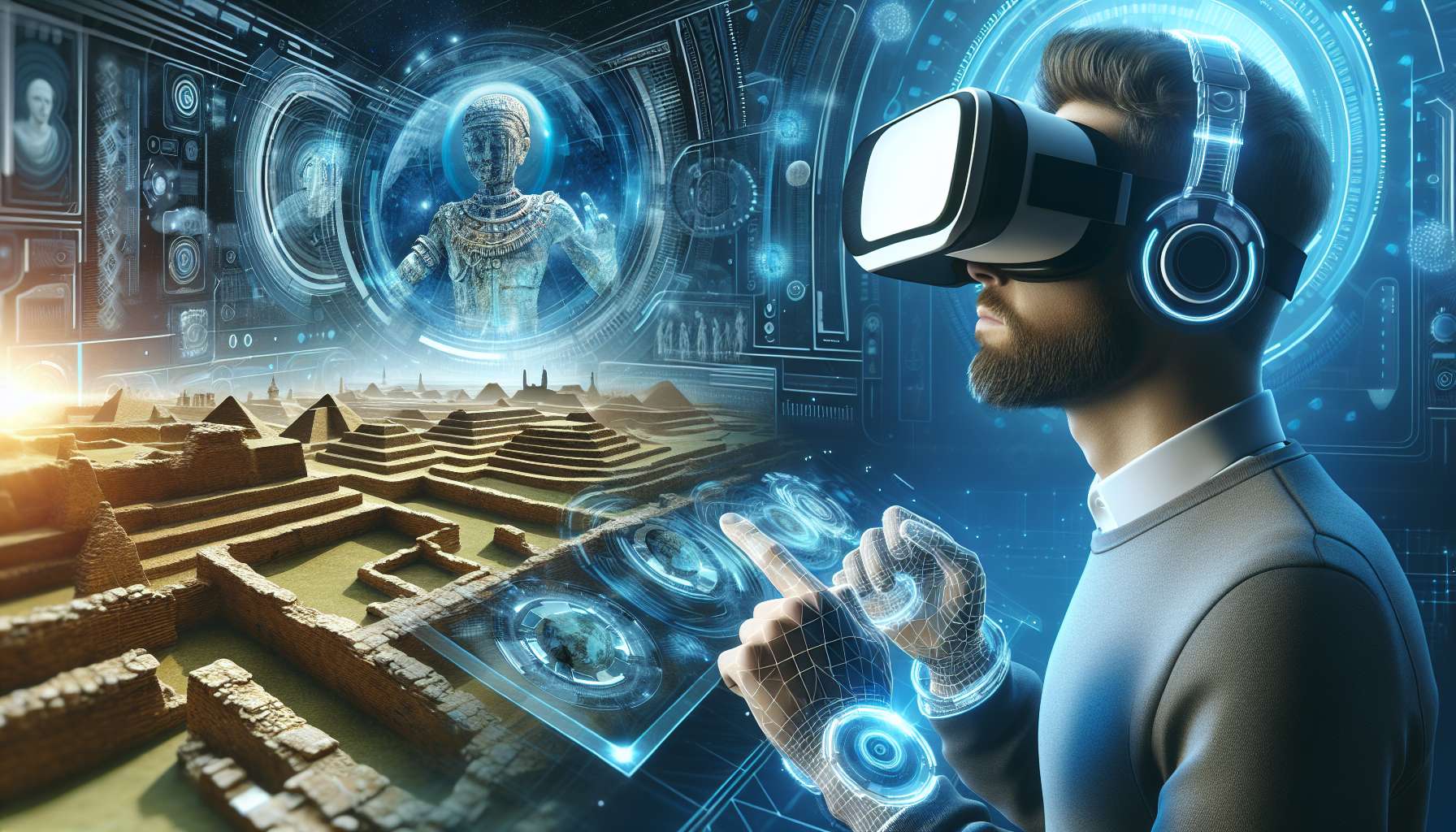Augmented Reality in Navigation for Visually Impaired Individuals
Augmented Reality (AR) technology has been making significant strides in various fields, and one area where it holds great promise is in assisting visually impaired individuals with navigation. Traditional aids for the visually impaired, such as canes and guide dogs, have limitations in providing real-time information about the surrounding environment. AR technology can bridge this gap by overlaying digital information onto the physical world, enhancing the user’s perception and understanding of their surroundings.
How AR Navigation Works
AR navigation for visually impaired individuals typically involves the use of a smartphone or wearable device equipped with a camera and sensors. The device captures live video of the user’s surroundings and processes this information to provide auditory or haptic feedback about nearby objects, obstacles, and points of interest. Through audio cues or vibrations, users can receive directions and guidance to navigate safely and independently in both indoor and outdoor environments.
Benefits of AR Navigation for the Visually Impaired
- Enhanced Spatial Awareness: AR technology helps users build a mental map of their surroundings by providing contextually relevant information in real time.
- Obstacle Detection: Users can receive alerts about obstacles in their path, such as stairs, curbs, or low-hanging branches, enabling them to navigate with greater confidence.
- Location-Based Information: AR navigation can provide details about nearby landmarks, shops, public transportation options, and other points of interest to help users better understand their location.
- Customizable Settings: Users can personalize their AR navigation experience by adjusting settings for voice prompts, distance alerts, and other preferences to suit their individual needs.
Challenges and Future Developments
While AR navigation shows immense potential for assisting visually impaired individuals, there are challenges to overcome, such as ensuring the accuracy and reliability of object recognition algorithms, optimizing battery life for continuous use, and addressing privacy concerns related to data collection. Future developments in AR technology aim to improve the user experience by integrating machine learning algorithms for better object recognition, enhancing connectivity with IoT devices for seamless navigation, and exploring new form factors for wearable AR devices.
Overall, AR navigation holds great promise in empowering visually impaired individuals to navigate the world with greater independence and confidence. By leveraging the capabilities of AR technology, we can create more inclusive and accessible environments for all individuals, regardless of their visual abilities.








